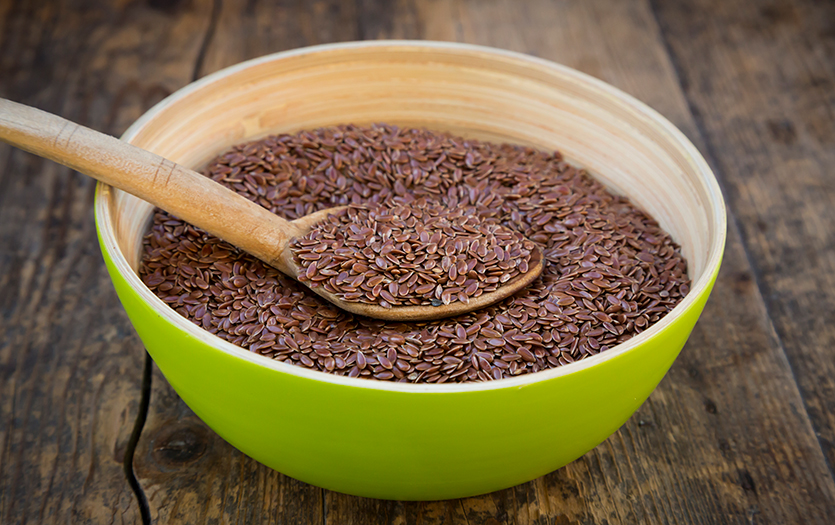
This post was written by Katie Fulk, MA, RDN, CD, community outreach dietitian, Parkview Health.
Our sense of taste begins with the ability to experience the flavors of a mother’s amniotic fluid in utero, the sweetness of breast milk when feeding as a newborn, and through the introduction of various foods as a toddler. [3] The introduction and experience of a variety of flavors are said to have an impact on food preferences in childhood. [1] In fact, infants and children have more taste buds with increased sensitivity to flavors than their adult counterparts. Once adults, flavor preferences begin to change, likely due to the physiological differences in number, size, and decreased function of the taste buds. [2]
Tantalize your taste buds
Your tongue has papillae or tiny bumps on it. The papillae contain taste buds that detect sweet, sour, salty, bitter and umami (savory) tastes. [5] Certain areas of the tongue are more sensitive to one taste over another. When you eat a specific food, the taste bud receptors send a single to the brain for recognition. [6] Together, our sense of taste and smell produce what we call flavor.
Familiar flavors
It’s not surprising that children and adults prefer to eat “familiar” items because the flavor is usually something known, safe and enjoyable. Generally, when presented with a new food, people first observe how the food looks and smells. If comfortable, they consider tasting the food, observing the mouthfeel and hearing the sound it makes in their mouth. This is how we begin to understand a flavor in its entirety. It can take a child multiple exposures to a new food before they are ready to embrace the new flavor. On the other hand, adults may try a flavor repeatedly and decide that they will never like it. Our flavor preferences are influenced by so many different factors, not just our specific sense of taste and smell.
Environmental influences
Besides genetics, a person’s environment plays a significant role in their food preferences. [4] For example, food availability and exposure, plus cultural background, highly influences an individual’s diet. The food-related traditions created by those who have cooked and shared meals with us influence our own “World of Flavors.” While everyone’s experience is different, the one constant worldwide is the joy of eating and doing so in the company of others.
Celebrate and savor
This March, and in honor of National Nutrition Month, I encourage you to “Celebrate a World of Flavors” with the Academy of Nutrition and Dietetics. Begin by reflecting on your food preferences and food-related traditions. Then, consider trying a new-to-you food, flavor or entree that can diversify your weekly menus. Learn about a culture other than your own, then cook a dish native to that country. Dust off and share those old family recipes with your friends, neighbors and coworkers. No matter how you choose to celebrate, don’t forget to share the delicious meal and new flavors with others.
References
[1] Castle, Jill. “Prevent Picky Eating with Flavor Training for Babies.” The Nourished Child, Jill Castle, 2 Jan. 2022.
[2] “Do Your Taste Buds Change as You Get Older?” Cleveland Clinic, 17 Dec. 2021.
[3] Dubinsky, Dana. “Baby Sensory Development: Taste.” BabyCenter, BabyCenter LLC.
[4] “Food Preferences.” WUR, Wageningen University and Research
[5] Sulyanto, Rosalyn. “Biology of the Mouth - Mouth and Dental Disorders.” Merck Manuals Consumer Version, Merck Manuals, 22 Feb. 2022.
[6] Vera, Lucy A, and Stephen P Wooding. “Taste: Links in the Chain from Tongue to Brain.” Frontiers for Young Minds, Frontiers Media S.A., 7 July 2017.



